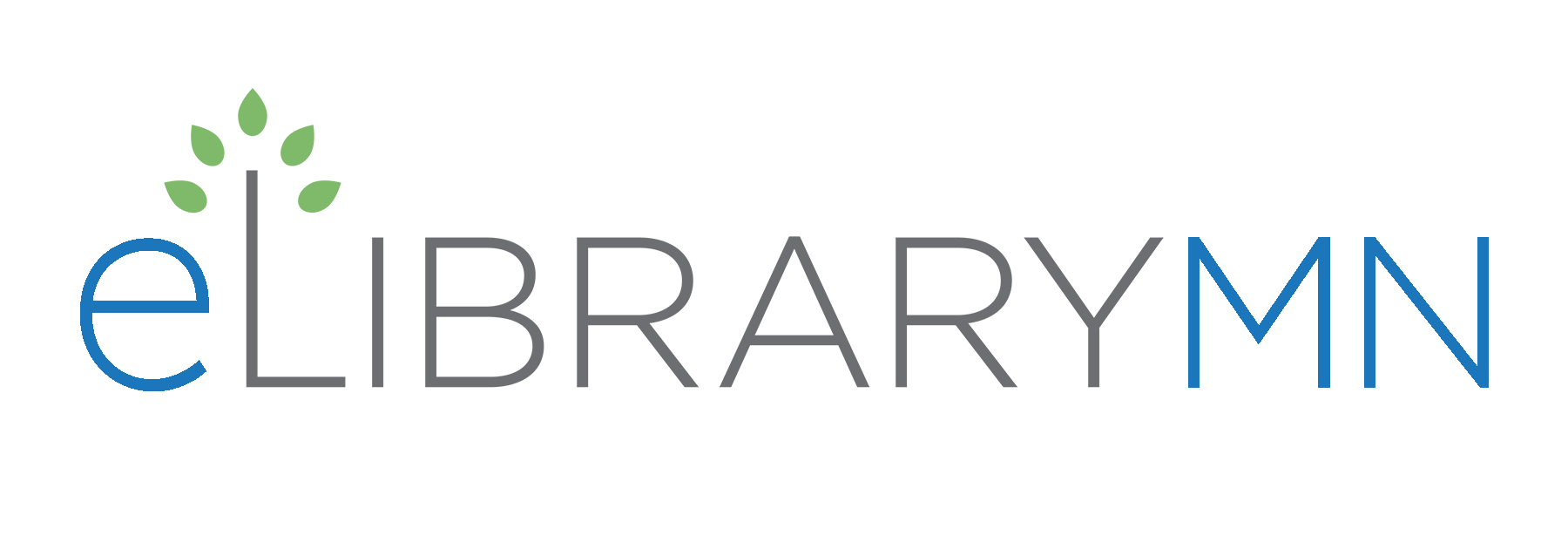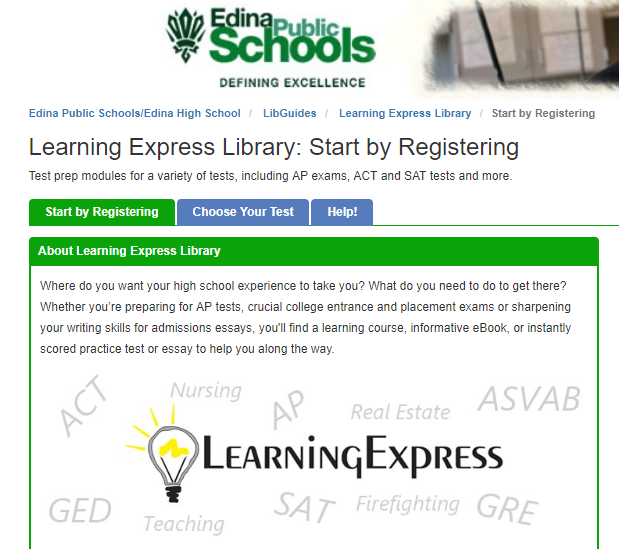by Beth Staats
Quick Summary
I recently came across an article in eSchool News with some valuable resources to aid students and educators with learning and teaching media and information literacy. I'm including some resources available to us as Minnesotans in the ELM databases on this topic too.

Body
I recently came across an article in eSchool News with some valuable resources to aid students and educators with learning and teaching media and information literacy. I'm including some resources available to us as Minnesotans in the ELM databases on this topic too.
- The American Association of School Librarians notes that the definition of information literacy has changed as technologies and resources have evolved, but critical thinking and evaluation skills will help students succeed in a tech-based global economy.
- In Media Literacy: Where News Comes From, the American Press Institute explores how students can determine if news is reliable. They also participate in a mock press conference to experience the process and challenges of effectively communicating and disseminating information.
- The National Association for Media Literacy Education offers resources, lesson plans, and member-submitted ideas to teach students about information literacy and how to critically evaluate news.
- Common Sense Education’s News and Media Literacy is an educator toolkit, grouped by grade, to help teachers show students just how important critical thinking and evaluation skills are for today’s world.
- PolitiFact, a nonpartisan, Pulitzer Prize-winning website, fact-checks news reports and aims for transparency, fairness, and thorough reporting. It also offers a section that exposes fake news and false claims reported in the media.
- The CRAAP Test continues to be an educator favorite. It was developed by university librarians and focuses on currency, relevance, authority or source, accuracy, and purpose of a piece of information.
- How to Understand the Bias of a Publication, is available through EBSCO's Points of View Reference Center databases via ELM, as well as the article, Judging Facts vs. Opinion.
- How to Judge Information, as well as a worksheet on the topic, are available in some Gale resources including Student Resources in Context.



